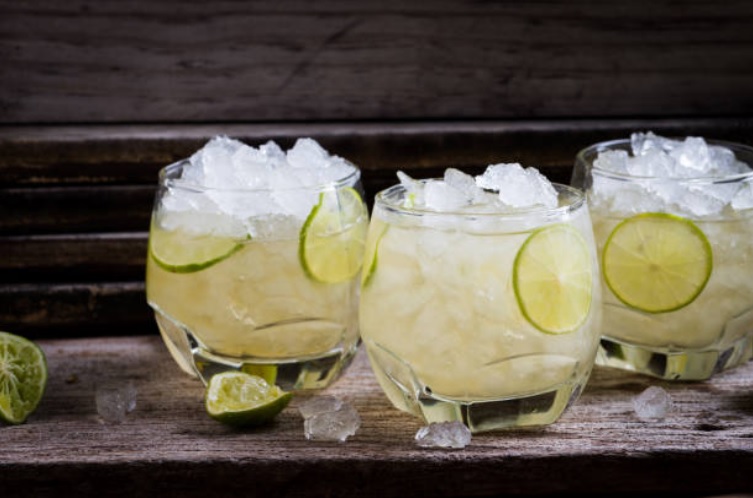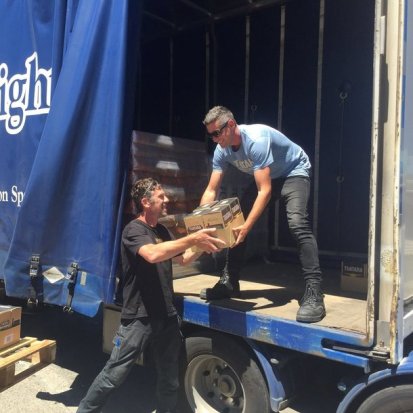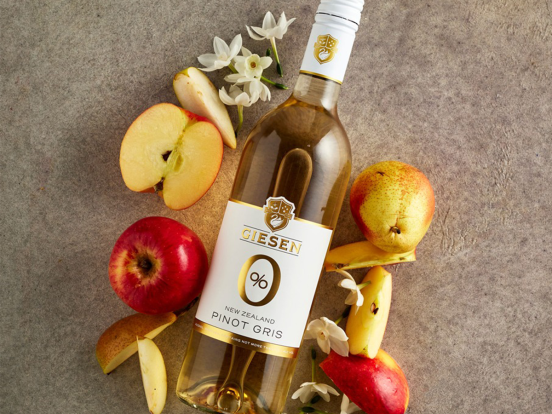By Matt Crompton, Client Solutions Director, Nielsen CGA, and Max Heinemann, Client Manager of Wine and Spirits, Nielsen CGA
The U.S. on-premise alcoholic beverage outlook for 2020 is one of dynamic shifts, where Americans are fundamentally changing the way they interact and consume alcohol-based drinks at bars and restaurants. Here are 10 market moving trends to know as the New Year kicks off.
THE LOW-TO-NO-ALCOHOL TREND WILL EXPAND
In the coming months and year, expect to see an increase in spirits with no alcohol.
There will be a greater variation in products to appeal to different drinkers. On-premise creativity will continue to fuel alcohol-free cocktail menus and bars across the country. The rising popularity of spritz-based cocktails has helped this category grow. New takes on classic drinks may surface, highlighting the emergence of low-alcohol sherries, vermouths and sake options.
THE BETTER-FOR-YOU MOVEMENT WILL BREATHE NEW LIFE INTO VODKA
The better-for-you movement will continue to heavily influence new trends in vodka. Expect to see more diet and sugar-free vodka coming to the market. We also foresee an increase in flavored, limited-time offerings, reflecting a sharp departure from distastefully sweet offerings of the past. The new age of vodka will infuse more natural and interesting flavors for changing palates, incorporating yuzu and kumquat.
THE VARIETY OF HARD BEVERAGES WILL RISE; SEASONAL SALES MAY SOFTEN
The meteoric rise of hard seltzer made this category one to watch over the past year. Inspired by the universal appeal of hard beverages, we anticipate an influx of hard teas, kombuchas, coffees and agua frescas coming to market. And with this increase in hard beverage offerings, consumers may taste test the market, possibly resulting in softer sales for the hard seltzer category in the coming year.
WHISKEY WILL WIDEN ITS APPEAL
Whiskey manufacturers are rising to the challenge to widen this spirit’s appeal. In the months ahead, expect to see more innovative takes on distilling, non-traditional whiskey mash bills, wood aging and distinctly new flavor profiles to attract a broader demographic.
THE GIN AND TONIC COULD (FINALLY) HAVE ITS MOMENT
Often overlooked and underserved, the gin and tonic has been a relatively silent staple at bars across the U.S. However, with increased distribution of premium tonics in the U.S., lower sugar content of premium mixers and the social shareability of a perfect cocktail, a path is being cleared for the rise of gin and tonics. Through a more premium experience, we expect gin and tonics to grow in popularity over the next year and finally have their moment in the spotlight.
TEQUILA FACES MAJOR TURBULENCE
Sales of tequila aren’t suffering, but the spirit’s very existence is. Shortages of blue agave grown in the Tequila region of Mexico are forcing manufacturers to find new sources. In fact, some companies are predicting that tequila production within the next 10 years will be extremely challenging.
With the limit on how much tequila can be produced in a certain area, companies will increasingly look at other blue agave products. Outside of mezcal—which is already growing quickly due to its smoky, earthy flavor, coupled with the influence of famous stars—raicilla, Bacanora, sotol and pulque will all find themselves thrust into the spotlight, as they are capable of being produced across Mexico.
HOME-GROWN WILL BE A DIFFERENTIATOR
Hyper-local will continue to lead the way within beer. The continuing popularity of brewpubs and taprooms lead many consumers to order based on what’s local in the neighborhood as opposed to what’s local in the city. This continued enhancement of local will prove a challenge for ambitious craft beer brands who want to develop outside of their geographic heartland.
A FIGHT AGAINST OENOPHOBIA WILL ENSUE
Oenophobia, defined as the fear of wines, is a fight wine marketers are ready to wage a creative war against in the coming year. Expect to see a new wave of wine-based products, innovative packaging and marketing rush to attract younger consumers who are of legal drinking age. As Millennials continue to gravitate toward the hard seltzer category, wine’s relevance and appeal are at risk more than ever.
TECHNOLOGY WILL EMPOWER
Just as technology has empowered consumers across retail, new technology will infuse the on-premise alcoholic beverage space in the coming years to empower consumer choices. This will take the form of iPad menus, more seamless, tech-driven payment options and even educational experiences through augmented reality.
EXPERIENTIAL VENUES WILL ENDURE
Creating memorable and unique experiences for consumers is an enduring trend that will continue to make waves and move the on-premise market. Game bars, authentic experiences from other global regions, seasonal activities and elevated hotel bars will continue to attract and engage American bar goers.




